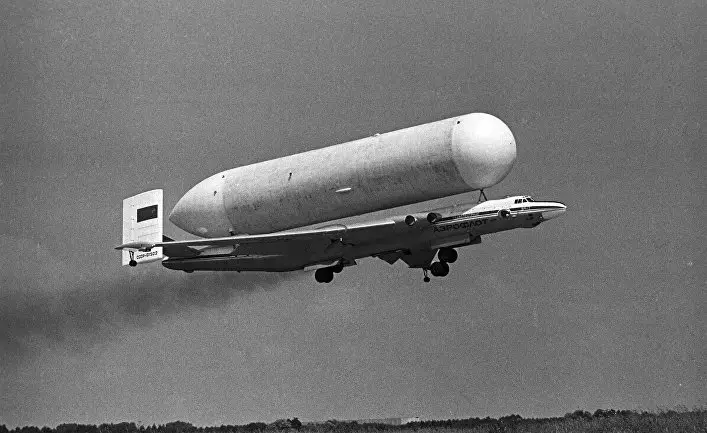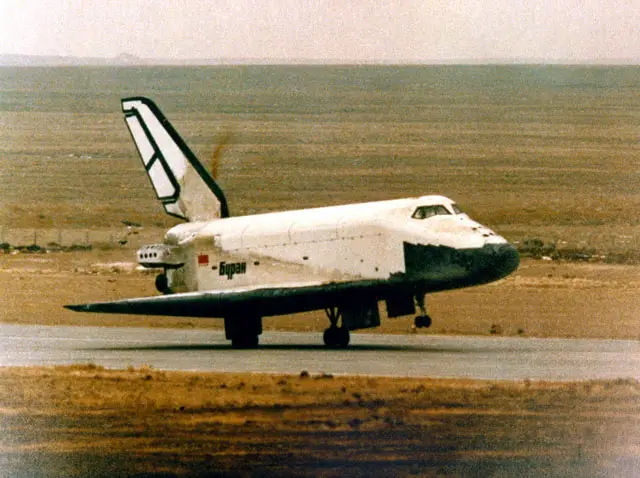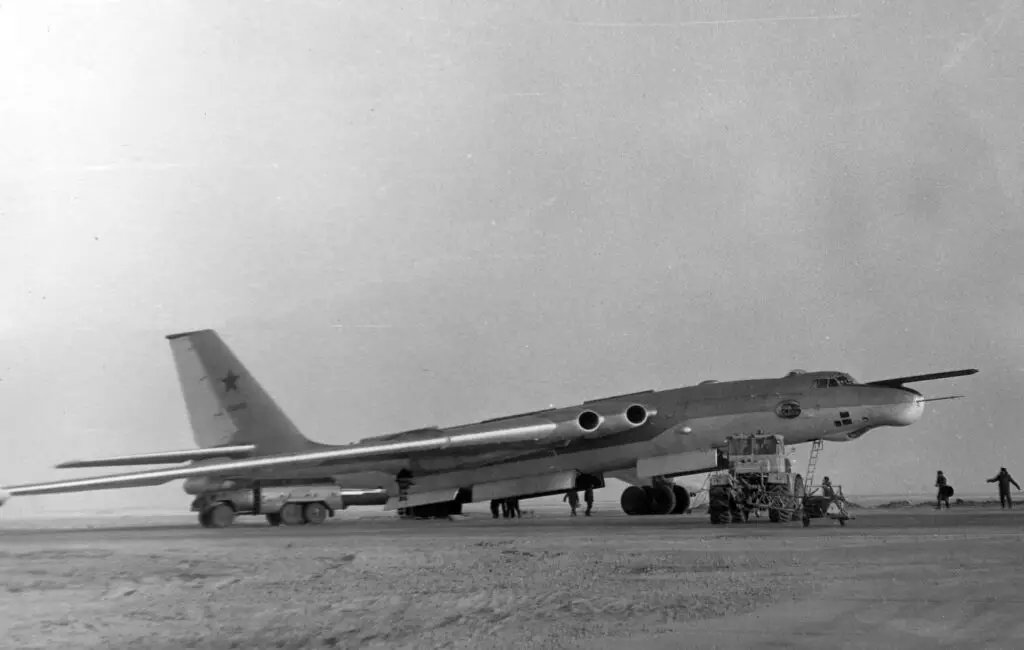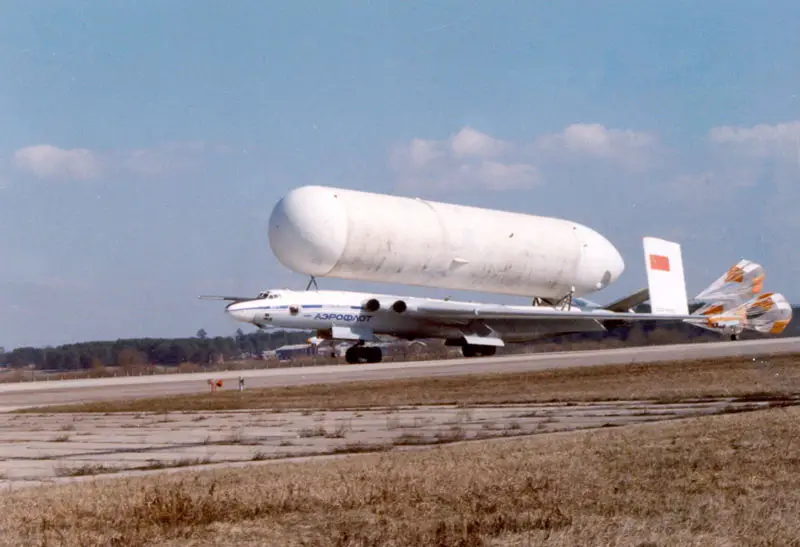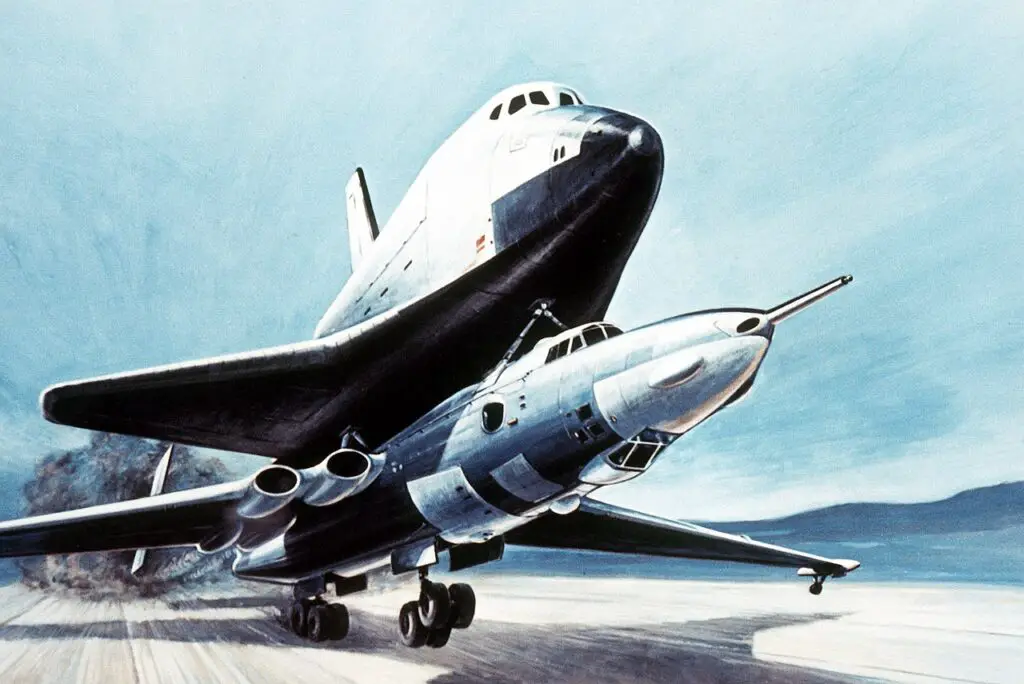Myasishchev VM-T – The Soviet Space Rocket Transporter
The Myasishchev VM-T “Atlant” (also known as the 3M-T) was developed by the Soviet Union as an aircraft to transport rockets and their components for the Soviet space program to the Baikonur Cosmodrome. Its conception began in response to the need of the Soviet Union to transport large and heavy payloads across vast distances during the Cold War to support Soviet Space-Race ambitions.
The Myasishchev VM-T was developed off Myasishchev’s own bomber design, the M-4, to meet this need. Despite some mishaps, it would go on to establish some remarkable feats during its service.
Origins
Prior to the VM-T’s development, the Soviet Union had become locked into a space and arms race with the United States during the Cold War. America had successfully developed the reusable Space Shuttle program and the Apollo rockets which had taken NASA astronauts to the moon and back. In response, the Soviet engineers began work on developing the Buran space shuttle system and the Energia rocket in 1976.
However, while the ruling Soviet Communist Party began to divert funds towards extensive rocket building programs, Russia was at a geographical disadvantage compared to the United States due to its vast size. Soviet rocket engineers knew the sheer size of the completed Buran and the Energia made it virtually impossible to follow the traditional method of transporting the rockets from the manufacturer to the launch site using roads, canals or railways. There were also no completed aircraft that were big enough to carry the rockets at the time.
Various ideas were discussed, including moving all the workers from the factory to the launch site to construct the rocket there instead (which had been attempted with the unsuccessful N1 rocket program), but the Soviet government was aware this could be time consuming. Building a new giant highway or a large but fast moving boat that could carry all the parts were also considered as solutions.
After whittling the options down to the most realistic methods, it was decided that the rocket parts would be taken to the launch site by air, but there were still no suitable aircraft that existed in the Soviet Union with the capability of performing such a task.
The new Mi-26 helicopter was earmarked as an option. While it demonstrated powerful lifting abilities alone or as part of a team of helicopters, it was found that any small degree of turbulence or sharp winds could cause the cargo hanging beneath to swing around violently and almost cause the helicopters to crash.
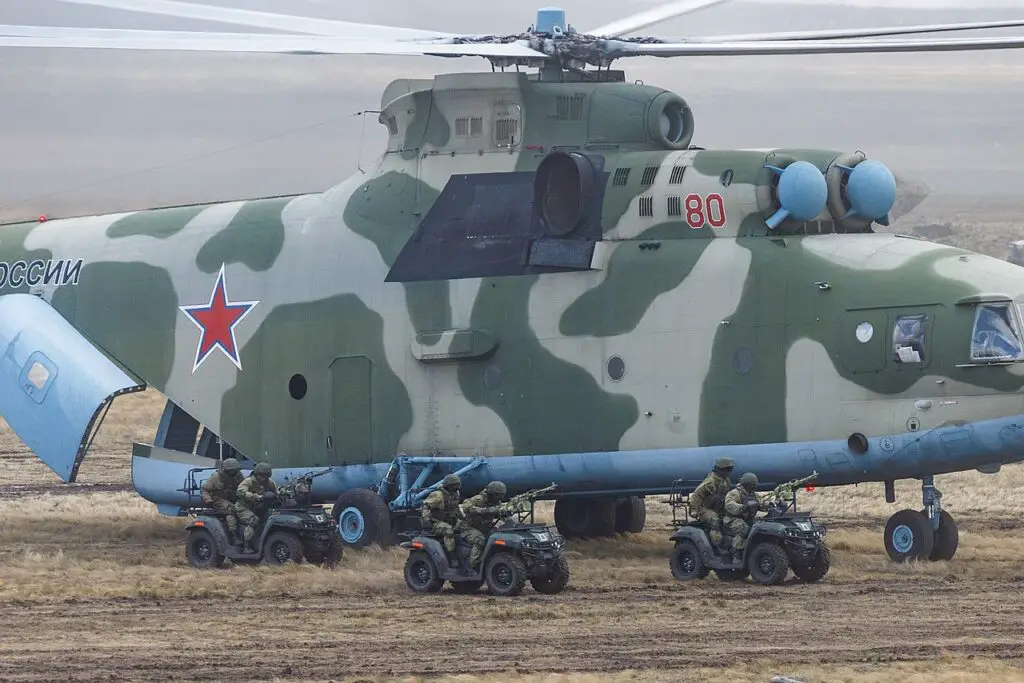
It was decided that a new aircraft had to be built. However, aircraft engineers knew they would have to work quickly to keep up with the Buran and the Energia’s development process, now spurred on by America’s successful space missions, and have the new plane ready in time. As a compromise, they looked at modifying an existing aircraft design to serve as a stopgap before a bigger plane would take on the role.
One such option deemed suitable was the Myasishchev M-4 bomber.
The Myasishchev Design Bureau had been established in 1951 under Vladimir Mikhailovich Myasishchev, a respected Soviet aviation engineer and designer. Under his leadership, the bureau developed a number of military aircraft but had a particular focus on high altitude, long-range bombers, transport and reconnaissance planes.
In the late 1950s, the Myasishchev Design Bureau began conceiving a bomber with the design capability of carrying a nuclear bomb to the United States mainland before returning to base. The result was the M-4.
While the US government feared the so-called “bomber gap” at the start of the Cold War, in which America was thought to be falling behind Soviet production of long-range bombers, the M-4 was not in reality a successful or practical design at the start of its service.
In fact, it fell short of its intended range and was also involved in several fear fatal flying accidents during its testing and military service. The research and growth of intercontinental missile technology on both sides also rendered the M-4’s role obsolete.
Read More F-16XL – The Crank Wing Experiment
Despite reservations from Soviet pilots owing to the M-4’s reputation, Vladimir Myasishchev set to work on converting the plane for a potential transport role in 1977 to meet demands from the Soviet government for an aircraft that could transport rocket parts.
Development
To meet the needs of a plane capable of carrying something the size of a shuttle or rocket, Myasishchev kept the M-4’s distinctive “double-bubble” fuselage but stretched it out by fifteen feet. The original single tail fin of the M-4 was replaced by duel stabilizers to ensure better balance.
Rather than widen the fuselage itself, it was decided that an aerodynamic cargo container would be built on top of the aircraft to ferry the cargo. A new cockpit control system was also added to compensate for the added weight.
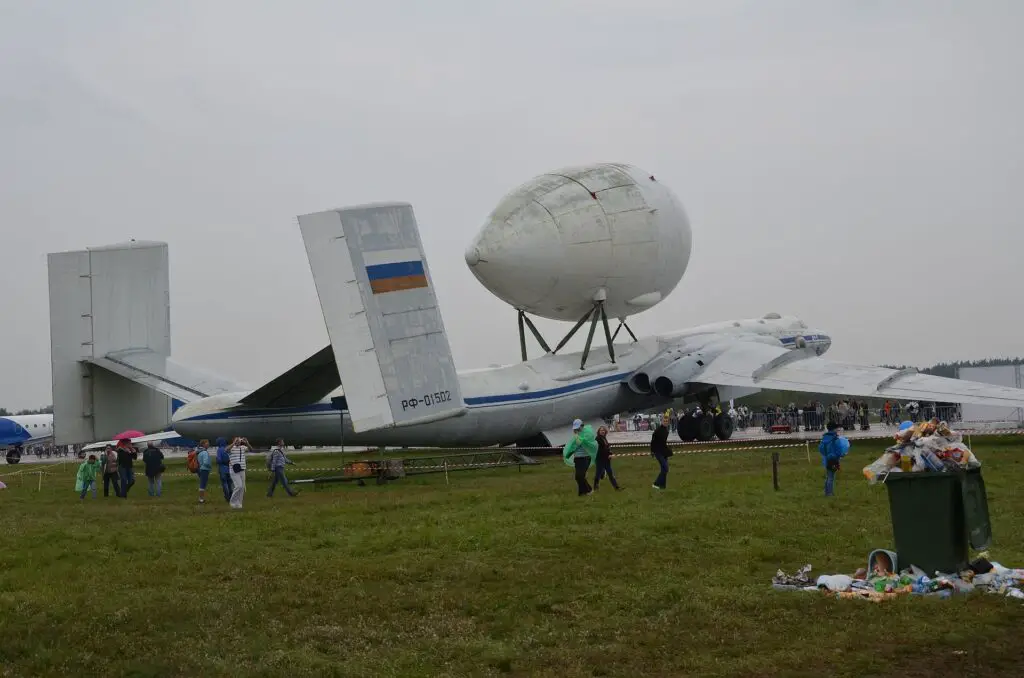
Initial tests indicated that the M-4 would not be able to carry a fully assembled Buran shuttle or Energia rocket, but it could at least ferry large parts to the launch site for final assembly.
The new aircraft was named the VM-T “Atlant” (meaning Atlas) with VM being derived from the initials of Vladimir Myasishchev. Two units were constructed from M-4 bombers and were initially given the military codename 3M-T.
Service
The VM-T completed its maiden flight in 1981 and made its first operational flight carrying parts of the Energia’s rocket boosters to Baikonur in January 1982.
Despite its somewhat improvised nature, the VM-T set remarkable records and completed what could have been impossible flights during its career transporting rocket parts. For example, the fuel tank of the Energia rocket measured at 146 feet and had a diameter of 25 feet. The diameter of the VM-T fuselage was shorter by 11 feet, and yet it made the journey with the colossal tajnk on its back. When it began transporting its cargo to Baikonur it became known as a “flying barrel” due to the shape and disproportionate size of its cargo.
At first, VM-T pilots had difficulty controlling this unwieldy arrangement in the air and had to carefully monitor the internal pressure inside the tanks of Energia rockets they were transporting. There was a risk that the increasing pressure of the atmosphere at a lower altitude could collapse the entire structure and cause a deadly accident. The most skilled Russian transport pilots were often hired to complete the flights.
To complicate matters further, the VM-T also faced some of the technical problems that had given the M-4 its iffy reputation.
During a flight test in 1983, a VM-T was carrying a full-scale model of the Buran shuttle to test its carrying capabilities. However, on landing the VM-T skidded off the runway due to the uneven weight and beached itself in the mud. To add insult to injury, as the VM-T and the Buran mockup were being towed the back to the runway they were photographed by an American spy satellite. Images of the plane and the Buran mockup were soon being analyzed by the US and Western NATO governments. Artist reconstructions of the incident were also printed in American newspapers.
The second incident occurred in 1988 when a VM-T was carrying a real Buran when the two engines on the left wing of the plane suffered a fuel leak and shut down. Fortunately for the crew, the VM-T was making its final approach towards the runway and the pilots were able to use the power of the remaining two running engines to complete a safe landing.
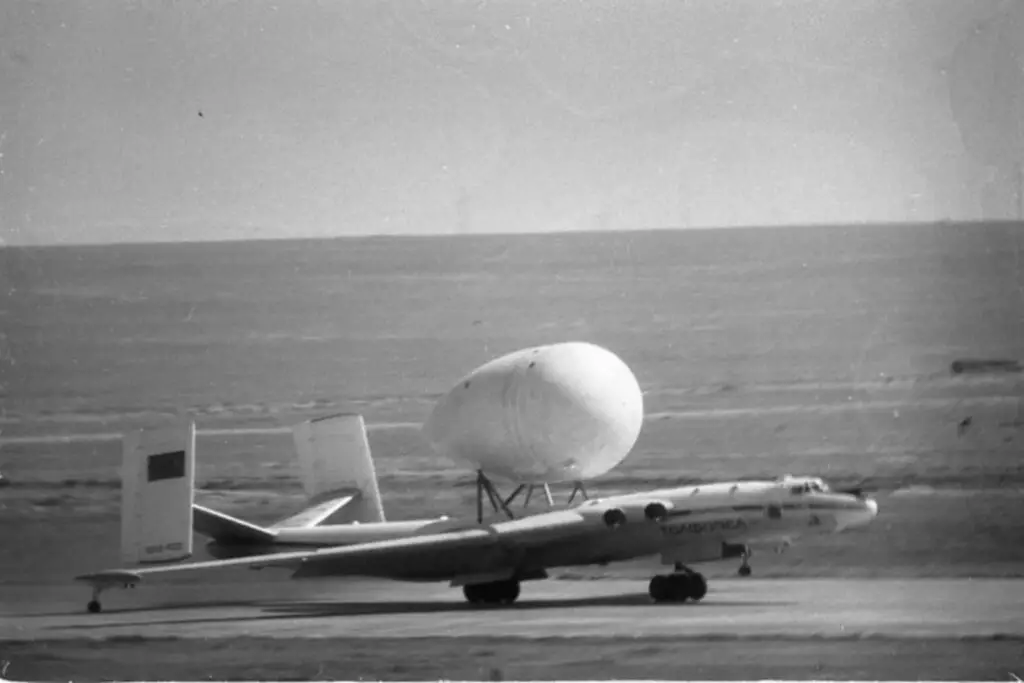
Despite these incidents, the VM-T completed more than 150 cargo flights during its career, most of which were successful. It delivered components for the Energia from the rocket manufacturing facility in Kuibyshev to the Baikonur spaceport. It also completed flights from Ramenskoye airfield near Zhukovsky, to pick up the Buran shuttle. The Buran itself was mostly built at the Tushino Mechanical Plant near Moscow and transported to Zhukovsky-Ramenskoye by boat before the VM-T collected it for the final leg of the journey.
However, as the VM-T had been intended as a temporary transporter its service life was limited.
In December 1988, the Antonov An-225 Mriya transport was completed. It was the heaviest cargo plane built at the time and had the longest wingspan of any plane in the world. Its colossal size and power made it suitable for transporting the Buran and Energia.
The VM-T was subsequently retired, but the An-225 successor did not see the same length of service as both the Energia and Buran programs were also put on hold and had their funding cut as the Soviet Union began to collapse.
Many Russian aerospace manufacturers were hit with financial problems and disruption with the dissolution of the Soviet Union.
To mitigate financial woes, the Myasishchev Design Bureau searched for foreign governments or cargo airlines to sell the V-MT to. A proposal was made to the European Space Agency to use the V-MT as a carrier for the Hermes shuttle. But the European Space Agency ultimately cancelled the project and all other international proposals for the V-MT broke down.
In the early 1990s, both airframes were put on public display (with the mountings for the Buran shuttle still in place) but have not flown since.
Legacy
Despite the reputation of its predecessor and improvised construction, the Myasishchev VM-T proved itself to be a remarkable aircraft in service with a unique history.
Though taken from an old bomber design, its development and deployment were critical to aiding the Soviet space programs and offered solutions to problems that had hampered Soviet space efforts.
Hits: 1
